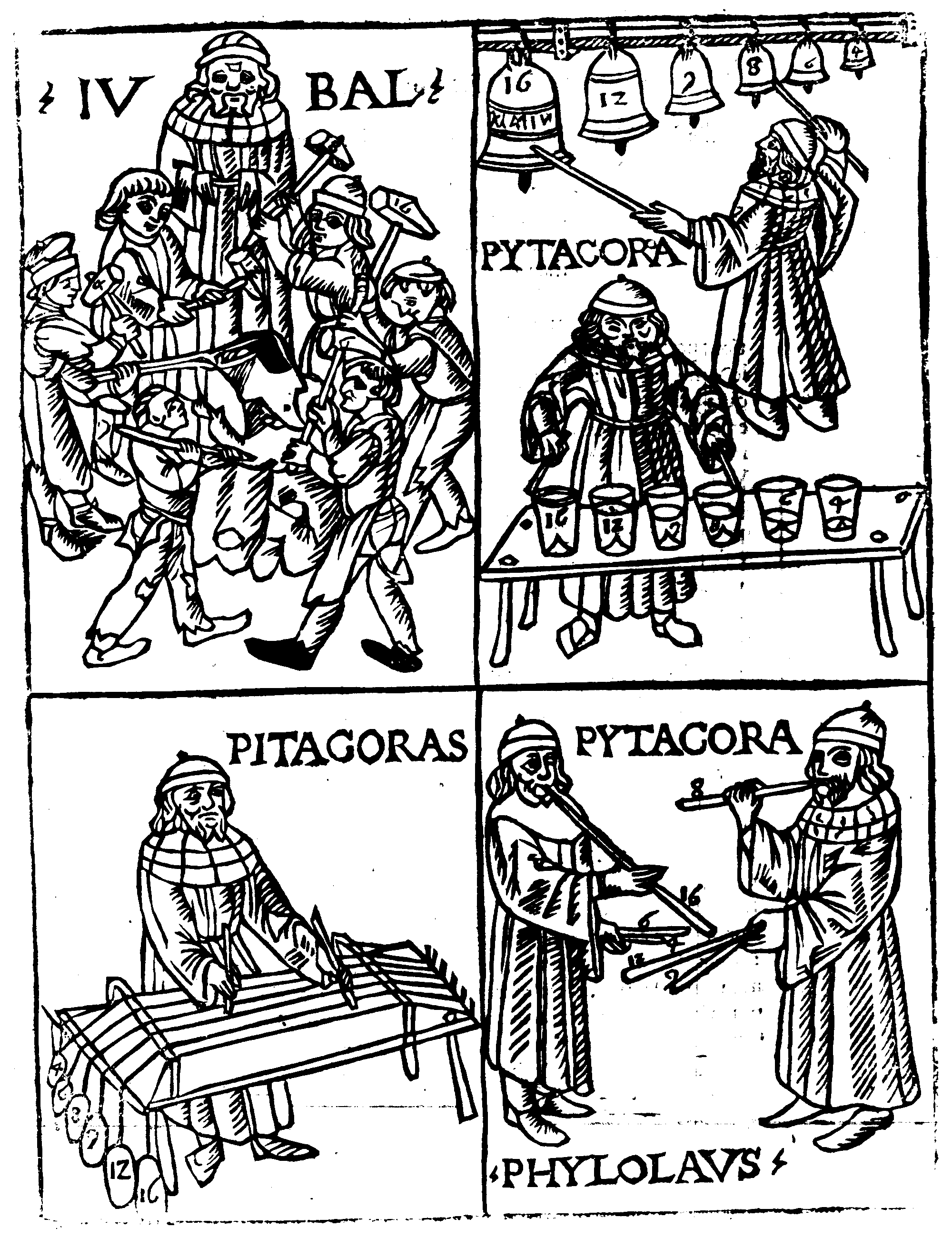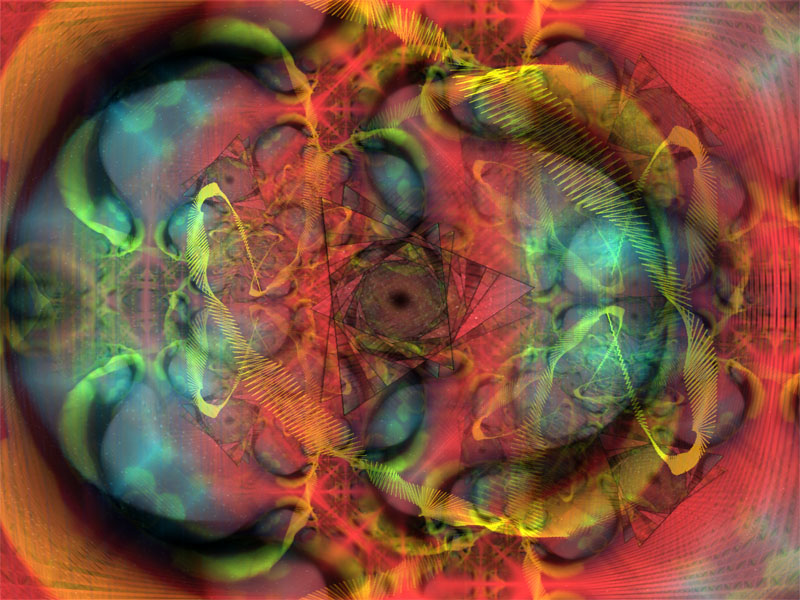|
Joshua Banks Mailman
Joshua Banks Mailman is an American music theorist, as well an analyst, composer, improvisor, philosopher, critic, and technologist of music. Early life and education Joshua Banks Mailman was born in New York City and attended Fiorello H. LaGuardia High School of the Arts. He gained a bachelor's degree in Philosophy from the University of Chicago and a Ph.D. in Music Theory from the Eastman School of Music of University of Rochester. Among his teachers were Charles Rosen, Ted Cohen (philosopher), Richard Cohn, and Robert Morris (composer), Robert Morris. Career Mailman has taught predominantly at Columbia University, as well as at New York University, University of Alabama, and University of California, Santa Barbara. He has lectured at the Japan Society (Manhattan), Japan Society (NYC), the Society for Music Analysis (UK), IRCAM (Paris), the Symposium (SIMPOM) of Brazilian Studies in Music (Rio de Janeiro)., and the Symposium on Computer-assisted Composition, Istituto per la Music ... [...More Info...] [...Related Items...] OR: [Wikipedia] [Google] [Baidu] |
Music Theorist
Music theory is the study of theoretical frameworks for understanding the practices and possibilities of music. '' The Oxford Companion to Music'' describes three interrelated uses of the term "music theory": The first is the " rudiments", that are needed to understand music notation (key signatures, time signatures, and rhythmic notation); the second is learning scholars' views on music from antiquity to the present; the third is a sub-topic of musicology that "seeks to define processes and general principles in music". The musicological approach to theory differs from music analysis "in that it takes as its starting-point not the individual work or performance but the fundamental materials from which it is built." Music theory is frequently concerned with describing how musicians and composers make music, including tuning systems and composition methods among other topics. Because of the ever-expanding conception of what constitutes music, a more inclusive definition could ... [...More Info...] [...Related Items...] OR: [Wikipedia] [Google] [Baidu] |
Narrativity
Narrativity is the extent to which a media tells a story, which is a storyteller's account of an event or a sequence of events leading to a transition from an initial state to a later state or outcome. There are four theoretical foundations of narrativity, represented by the notions of # narrative content, # narrative discourse, # narrative transportation, and # narrative persuasion. Narrative content and discourse are the linguistic antecedents of narrativity. Narrative content reflects the linear sequence of events as characters live through them—that is, the backbone and structure describing who did what, where, when, and why. Narrative discourse represents how the story is told—that is, storytellers' use of literary devices to expand on the narrative content, such as emotional change over the course of the story line and sequencing of events to create drama. Narrative transportation is the engrossing, transformational experience of being swept away by a story. Narrative p ... [...More Info...] [...Related Items...] OR: [Wikipedia] [Google] [Baidu] |
Gerard Grisey
Gerard is a masculine forename of Proto-Germanic origin, variations of which exist in many Germanic and Romance languages. Like many other early Germanic names, it is dithematic, consisting of two meaningful constituents put together. In this case, those constituents are ''gari'' > ''ger-'' (meaning 'spear') and -''hard'' (meaning 'hard/strong/brave'). Common forms of the name are Gerard (English, Scottish, Irish, Dutch, Polish and Catalan); Gerrard (English, Scottish, Irish); (Italian, and Spanish); ( Portuguese); (Italian); (Northern Italian, now only a surname); (variant forms and , now only surnames, French); ( Irish); Gerhardt and Gerhart/Gerhard/Gerhardus (German, Dutch, and Afrikaans); ( Hungarian); ( Lithuanian) and / ( Latvian); (Greece). A few abbreviated forms are Gerry and Jerry (English); (German) and (Afrikaans and Dutch); (Afrikaans and Dutch); (Afrikaans); (Dutch) and ( Bulgarian). The introduction of the name 'Gerard' into the English langua ... [...More Info...] [...Related Items...] OR: [Wikipedia] [Google] [Baidu] |
Robert Ashley
Robert Reynolds Ashley (March 28, 1930 – March 3, 2014) was an American composer, who was best known for his television operas and other theatrical works, many of which incorporate electronics and extended techniques. His works often involve intertwining narratives and take a surreal multidisciplinary approach to sound, theatrics and writing, and have been continuously performed by various interpreters during and after his life, including ''Automatic Writing'' (1979) and '' Perfect Lives'' (1983). Life and career Ashley was born in Ann Arbor, Michigan. He studied at the University of Michigan from 1948 to 1952, where he met Ross Lee Finney in 1949. Finney had a good reputation after serving in World War II, in which he was wounded by a land mine. Ashley stated, "Everyone treated him as if he ereJames Bond." Finney went on to approve a paper Ashley wrote on a Bartók string quartet during a weekly analysis seminar. Later, he studied at the Manhattan School of Music, and then ... [...More Info...] [...Related Items...] OR: [Wikipedia] [Google] [Baidu] |
Alvin Lucier
Alvin Augustus Lucier Jr. (May 14, 1931 – December 1, 2021) was an American experimental composer and sound artist. A long-time music professor at Wesleyan University in Middletown, Connecticut, Lucier was a member of the influential Sonic Arts Union, which also included Robert Ashley, David Behrman, and Gordon Mumma. Much of Lucier's work explores psychoacoustic phenomena and the physical properties of sound. Early life Alvin Augustus Lucier Jr. was born on May 14, 1931, in Nashua, New Hampshire, to Kathryn E. Lemery, a pianist, and Alvin Augustus Lucier Sr., a lawyer and politician who served as mayor of Nashua from 1934 to 1937. He was educated in Nashua public and parochial schools; the Portsmouth Abbey School in Portsmouth, Rhode Island; Yale University; and Brandeis University. In 1958 and 1959, Lucier studied under Lukas Foss and Aaron Copland at the Tanglewood Center. In 1960, he left for Rome on a Fulbright grant, where he befriended American expatriate co ... [...More Info...] [...Related Items...] OR: [Wikipedia] [Google] [Baidu] |
Luciano Berio
Luciano Berio (24 October 1925 – 27 May 2003) was an Italian composer noted for his experimental music, experimental work (in particular his 1968 composition ''Sinfonia (Berio), Sinfonia'' and his series of virtuosic solo pieces titled ''Sequenza''), and for his pioneering work in electronic music. His early work was influenced by Igor Stravinsky and experiments with serial and electronic techniques, while his later works explore indeterminacy and the use of spoken texts as the basic material for composition. Biography Berio was born in Oneglia (now part of Imperia (City), Imperia), on the Ligurian coast of Italy. He was taught piano by his father and grandfather, who were both organ (music), organists. During World War II, he was conscripted into the army, but on his first day, he injured his hand while learning how a gun worked and spent time in a military hospital. Following the war, Berio studied at the Milan Conservatory under Giulio Cesare Paribeni and Giorgio Federic ... [...More Info...] [...Related Items...] OR: [Wikipedia] [Google] [Baidu] |
Milton Babbitt
Milton Byron Babbitt (May 10, 1916 – January 29, 2011) was an American composer, music theorist, mathematician, and teacher. He was a Pulitzer Prize and MacArthur Fellowship recipient, recognized for his serial and electronic music. Biography Babbitt was born in Philadelphia to Albert E. Babbitt and Sarah Potamkin, who were Jewish. He was raised in Jackson, Mississippi, and began studying the violin when he was four but soon switched to clarinet and saxophone. Early in his life he was attracted to jazz and theater music, and "played in every pit-orchestra that came to town". Babbitt was making his own arrangements of popular songs by age 7, "wrote a lot of pop tunes for school productions", and won a local songwriting contest when he was 13. A Jackson newspaper called Babbitt a "whiz kid" and noted "that he had perfect pitch and could add up his family's grocery bills in his head. In his teens he became a great fan of jazz cornet player Bix Beiderbecke". Babbitt's father was ... [...More Info...] [...Related Items...] OR: [Wikipedia] [Google] [Baidu] |
Ruth Crawford Seeger
Ruth Crawford Seeger (born Ruth Porter Crawford; July 3, 1901 – November 18, 1953) was an American composer and musicologist. Her music heralded the emerging modernist aesthetic, and she became a central member of a group of American composers known as the "ultramodernist". She composed primarily during the 1920s and 1930s, turning towards studies on folk music from the late 1930s until her death. Her music influenced later composers including Elliott Carter. She is best known for her String Quartet (1931). It is "regarded as one of the finest modernist works of the genre". Childhood Ruth Crawford Seeger was born on July 3, 1901, in East Liverpool, Ohio, the second child of Methodist minister Clark Crawford and Clara Crawford (''née'' Graves). The family moved several times during Crawford's childhood, living in Akron, Ohio, St. Louis, and Muncie, Indiana. In 1912, the family moved to Jacksonville, Florida, where Clark died of tuberculosis two years later. After her husband' ... [...More Info...] [...Related Items...] OR: [Wikipedia] [Google] [Baidu] |
Elliott Carter
Elliott Cook Carter Jr. (December 11, 1908 – November 5, 2012) was an American modernist composer who was one of the most respected composers of the second half of the 20th century. He combined elements of European modernism and American "ultra-modernism" into a distinctive style with a personal harmonic and rhythmic language, after an early neoclassical phase. His compositions are performed throughout the world, and include orchestral, chamber music, solo instrumental, and vocal works. Carter was the recipient of many awards – he was twice awarded the Pulitzer Prize for his string quartets. He also wrote the large-scale orchestral triptych '' Symphonia: sum fluxae pretium spei''. Carter was born in New York City. He developed an interest in modern music in the 1920s. He was later introduced to Charles Ives, and he soon came to appreciate the American ultra-modernists. After studying at Harvard University with Edward Burlingame Hill, Gustav Holst and Walter Piston, ... [...More Info...] [...Related Items...] OR: [Wikipedia] [Google] [Baidu] |
Arnold Schoenberg
Arnold Schoenberg or Schönberg (13 September 187413 July 1951) was an Austrian and American composer, music theorist, teacher and writer. He was among the first Modernism (music), modernists who transformed the practice of harmony in 20th-century classical music, and a central element of his music was its use of motive (music), motives as a means of coherence. He propounded concepts like developing variation, the emancipation of the dissonance, and the "unified field, unity of musical space". Schoenberg's early works, like ''Verklärte Nacht'' (1899), represented a Brahmsian–Wagnerian synthesis on which he built. Mentoring Anton Webern and Alban Berg, he became the central figure of the Second Viennese School. They consorted with visual artists, published in ''Der Blaue Reiter'', and wrote atonal, expressionist music, attracting fame and stirring debate. In his String Quartets (Schoenberg)#String Quartet No. 2, Op. 10, String Quartet No. 2 (1907–1908), ''Erwartung'' (1909), ... [...More Info...] [...Related Items...] OR: [Wikipedia] [Google] [Baidu] |
Music Visualization
Music visualization or music visualisation, a feature found in electronic music visualizers and media player software, generates animated Computer-generated imagery, imagery based on a piece of music. The imagery is usually generated and rendered in real time and in a way synchronized with the music as it is played. Visualization techniques range from simple ones (e.g., a simulation of an oscilloscope display) to elaborate ones, which often include a number of Compositing, composited effects. The changes in the music's loudness and frequency spectrum are among the properties used as input to the visualization. Effective music visualization aims to attain a high degree of visual correlation between a musical track's spectral characteristics such as frequency and amplitude and the objects or components of the visual image being rendered and displayed. Definition Music visualization can be defined, in contrast to previous existing pre-generated music plus visualization combination ... [...More Info...] [...Related Items...] OR: [Wikipedia] [Google] [Baidu] |



